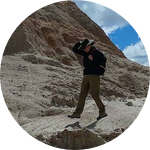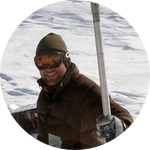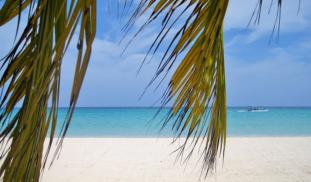Please wait...
About This Project
Jamaica is a highly biodiverse island in the Caribbean, but its ecological resources are threatened by climate and land-use changes. To conserve Jamaica’s flora and fauna, we need a better understanding of how the island’s species responded to past climate and human impacts. Funds raised through this campaign will help us collect sediment cores to develop a 10,000-year long environmental record of vegetation, fire, climate, and human impacts in Jamaica.
More Lab Notes From This Project

Browse Other Projects on Experiment
Related Projects
Worms at Work: Scoping Natural Carbon Sequestration at Scale
For centuries, scientists noted earthworms' exploits as ecosystem engineers. Recent research shows the feasibility...
Whales as oceanographers: Developing multi-sensor tags for improved understanding and management of critical habitats
Limited oceanographic data prevent accurate prediction of whale foraging hotspots. To address this, we will...
Communities perception and monitoring of ocean acidification in the Douala-Edea national park (Cameroon)
This project will help us to evaluate the vulnerability of clam fishing to ocean acidification (OA) in the...




